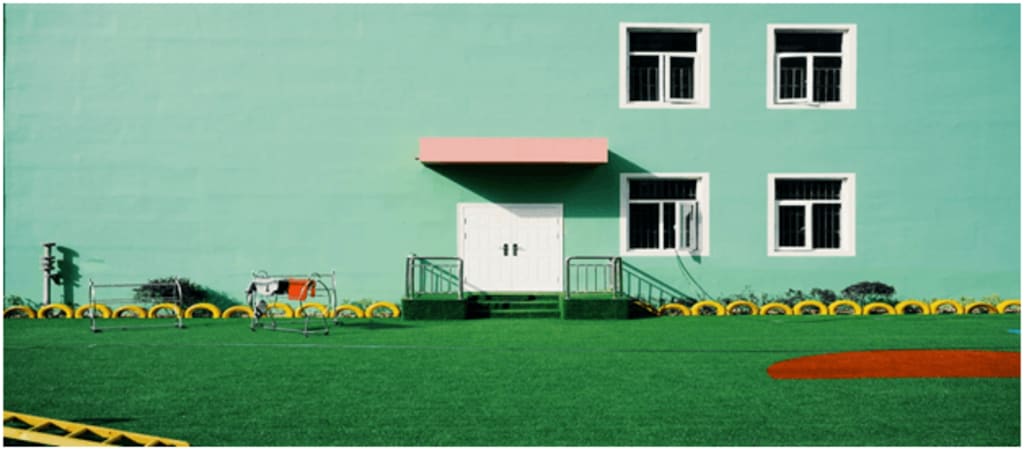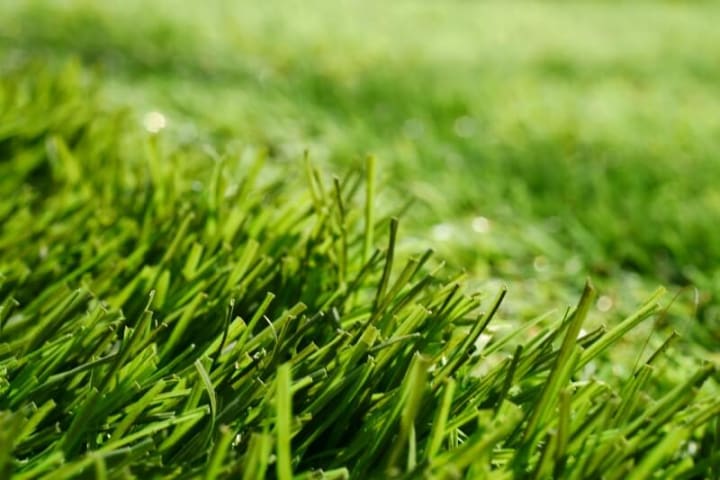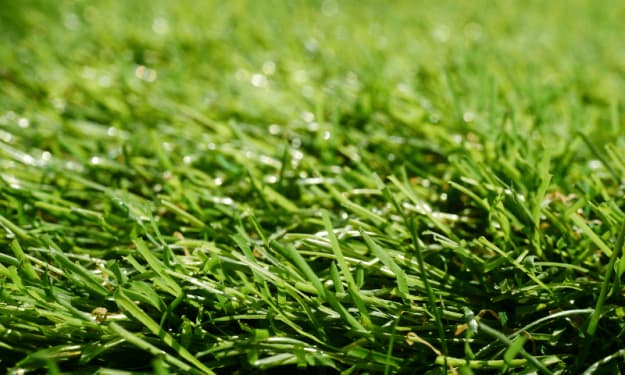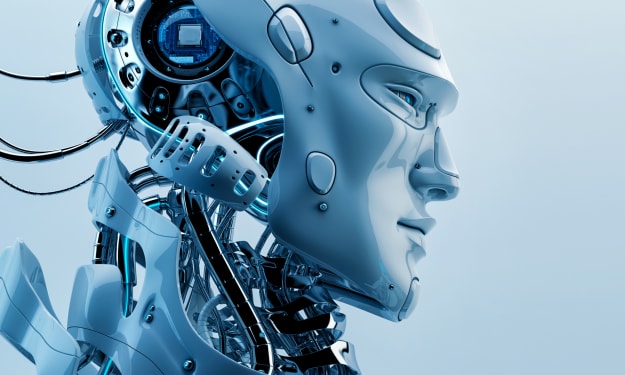Significance Of Artificial Grass In Your Garden
Artificial grass has advanced significantly. People have contrasted natural grass and artificial turf over the years.

Artificial grass has advanced significantly. People have contrasted natural grass and artificial turf over the years. Given how clear-cut its benefits are, many individuals have started applying it to their lawns. Although it may be used for other things besides gardens and lawns, artificial grass is perfect for both. They may be utilized on balconies, patios, pathways, caravans, stairwells, and play areas, to name a few places. Real grass needs water to grow. It very likely does, although it's unusual. Only sometimes should you clean your artificial grass with a hose. That's because it's composed of plastic, which when exposed to the sun's rays, may become rather warm. Natural turf is inferior to synthetic turf because it requires chemical maintenance to keep it looking excellent. Real grass has to be kept free of illnesses and pests since they might damage the ecology if they are not handled appropriately.
Runoff from surface water might cause this. If these hazardous substances get into nearby seas, they might damage the biodiversity of animals and the ocean. Algal blooms caused by poisonous levels in rivers and streams can also cause the death of fish and vegetation. Think about how awful it would be if these contaminants get into your drinking water. Artificial grass does not absorb water as genuine grass does. It only directs the water onto the ground or into storm sewers. The good news is that infrastructure may be set up or created to capture the runoff water.
How to keep artificial grass look green?

The water gathered can subsequently be used for a variety of purposes, such as watering trees and plants. Even if it could be expensive to make, it is important to note that it is a choice that respects the environment. Since fake grass lawns require just half the maintenance and care that genuine grass lawns do, many homeowners are eager to install them. Artificial grass doesn't need to be fertilized, mowed, aerated, or watered.
Even while it doesn't require as much upkeep, it doesn't mean it doesn't. The number of trees and plants you have, as well as kids, pets, and other animals, may all affect how frequently you need to maintain your fake grass. Cleaning and maintenance needs for your synthetic lawn will vary depending on whether you live in a highly dusty or rainy area. Although fake grass needs far less maintenance than real grass does, daily brushing will make it live longer and make it seem as realistic as possible. See our guide for maintenance instructions for artificial turf. You'll pick up advice on how to handle fungus, tree sap, and stains. You may need to regularly maintain your synthetic grass depending on how much traffic it gets.
For lawns with little traffic or use, once every two weeks or once a month is usually sufficient. Schools and governments are replacing natural grass with artificial turf more often in yards, athletic fields, and parks. A genuine lawn takes weeding, watering, and mowing to maintain, so installing artificial grass looks like the perfect substitute. The use of pesticides and herbicides on natural lawns may entail certain health risks in addition to the hours of effort they need. Artificial turf doesn't need to be fertilized or treated with pesticides like natural grass does. However, fresh worries concerning artificial turf have been voiced. The granular filler layer of artificial grass in Cambridge is often made of sand, recycled tire pellets, or other materials that give resilience, stability, and uniformity. Because there are harmful materials in tires, some people are worried about artificial grass products that employ recycled rubber, often known as crumb rubber. The turf grass itself is only one component of artificial grass. It is an entire landscaping system. The artificial turf system consists of the fibers that form the blades, the infill needed to keep the artificial grass blades standing up, and the preparation of the surface on which the synthetic turf will be put.
The actual synthetic grass material is sometimes known as fake grass, grass carpet, or artificial lawn. The greatest artificial grass lawn is made of yarn or fibers that have been tufted or quilted onto a backing to mimic an organic lawn.
About the Creator
Enjoyed the story? Support the Creator.
Subscribe for free to receive all their stories in your feed. You could also pledge your support or give them a one-off tip, letting them know you appreciate their work.





Comments
There are no comments for this story
Be the first to respond and start the conversation.